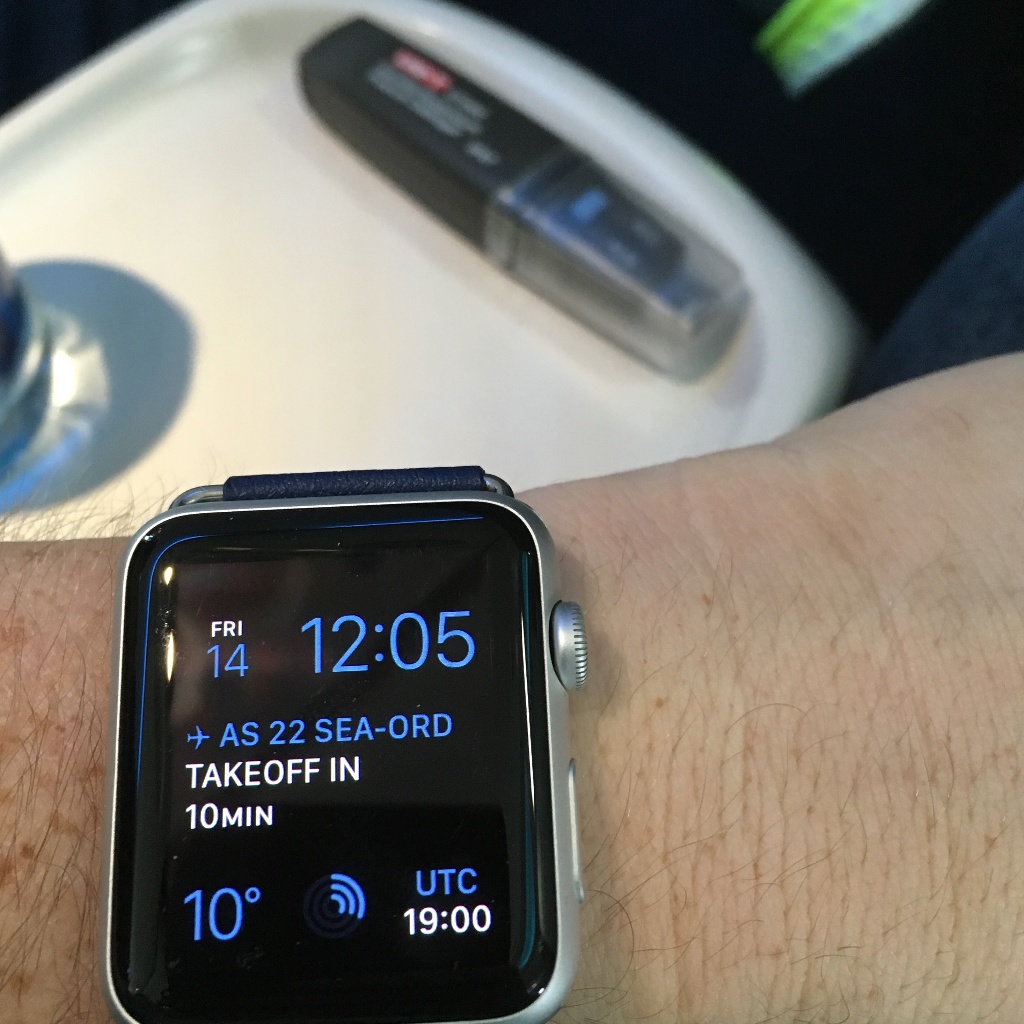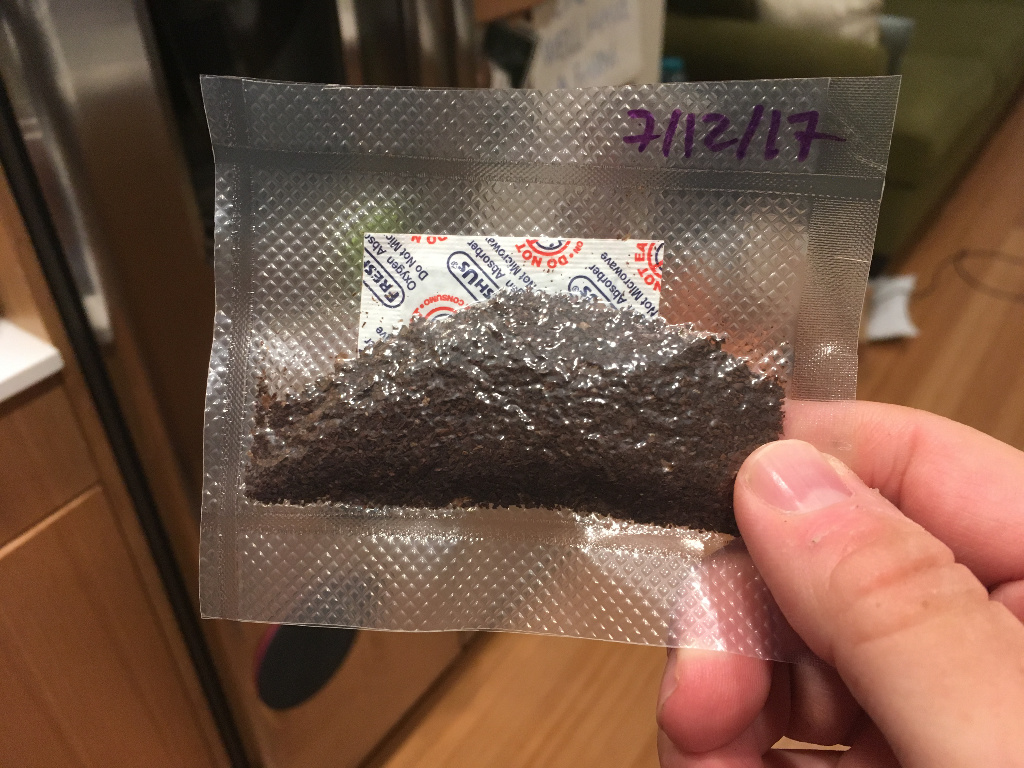
Overview
When flying, you often hear general advice about how aircraft cabins can be dry and how the pressure can change a lot while you’re flying, but it’s rare to actually see some real numbers to quantify that. I collected some data on an Alaska 737-900 flight from Seattle to Chicago.
I wanted to measure humidity, pressure and temperature accurately, but I didn’t want to have to make measurements by hand, so I found this nifty data logger on aliexpress that did the trick for me. It eats through batteries, but it gets the job done.
The Data Set
I produced the following csv by joining data that was available from flightaware and what I logged with a python script that tries to match it to the nearest data point.
It’s not perfect and I did a fit with the first data point to make it match, since you shouldn’t be able to see a pressure change before an altitude change. However, it is still interesting.
Humidity
When we plot altitude versus humidity, we see that it falls sharply while we get to cruising altitude, and then slowly continues to fall. We start at about 28% humidity around when we level off and end at a low of 17% humidity right before we begin the initial descent over the course of 157 minutes. That’s in the ballpark of around 4% humidity loss per hour.
The humidity level seems mostly unaffected by the altitude, just the amount of time in flight. This article claims that odors are more “objectionable” below 30% humidity. That would explain why the lavatory always seems to have a strong smell.
The temperature plot indicated that we were at around 24C (75F) the whole time, but it felt colder towards the end. The lack of humidity could be a good reason why.
Pressure
This graph was a bit surprising to me because it’s so well correlated with the altitude. The other thing about it is that it can take up to around three minutes for the pressure to actually be different in this data relative to altitude. I’d always assumed that a pressurized cabin remains roughly constant, but that’s not the case.
All in all, we went as low as 800 hPa at FL330, and it wouldn’t surprise me if it can go lower given that these aircraft can be operated at as high as FL410. (800 hPa is equivalent to around a 6,000 foot elevation.)
Reading through some documents online, it sounds like at FL410, it’s equivalent to an equivalent 8,000 foot elevation. Interestingly enough, while the pressure could brought higher, it’s tougher on the airframe, so airlines don’t do that.




